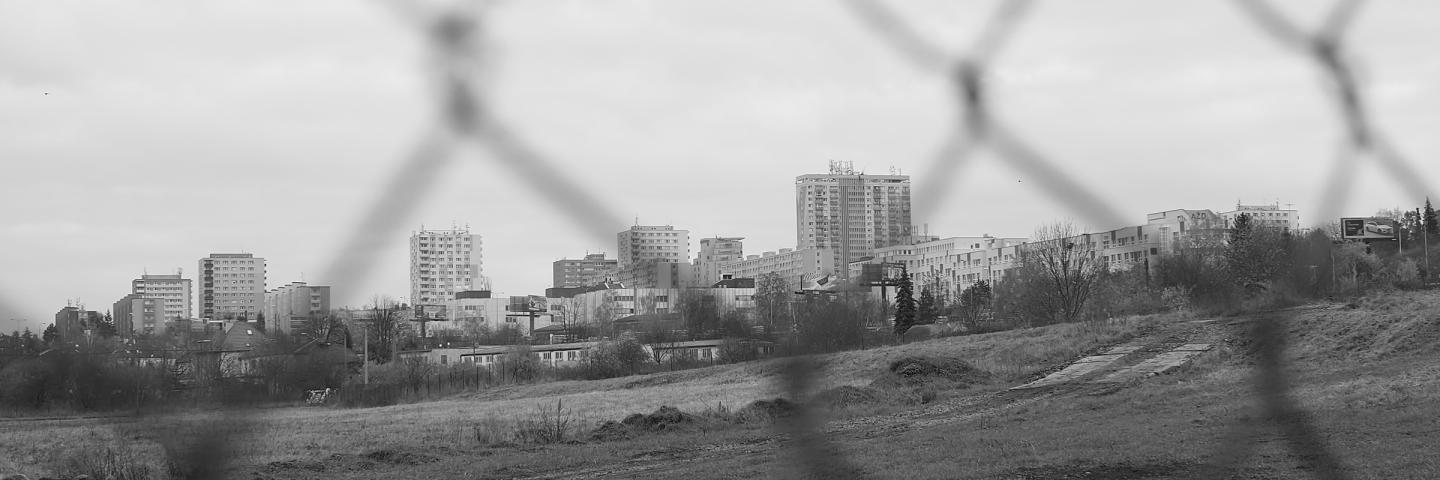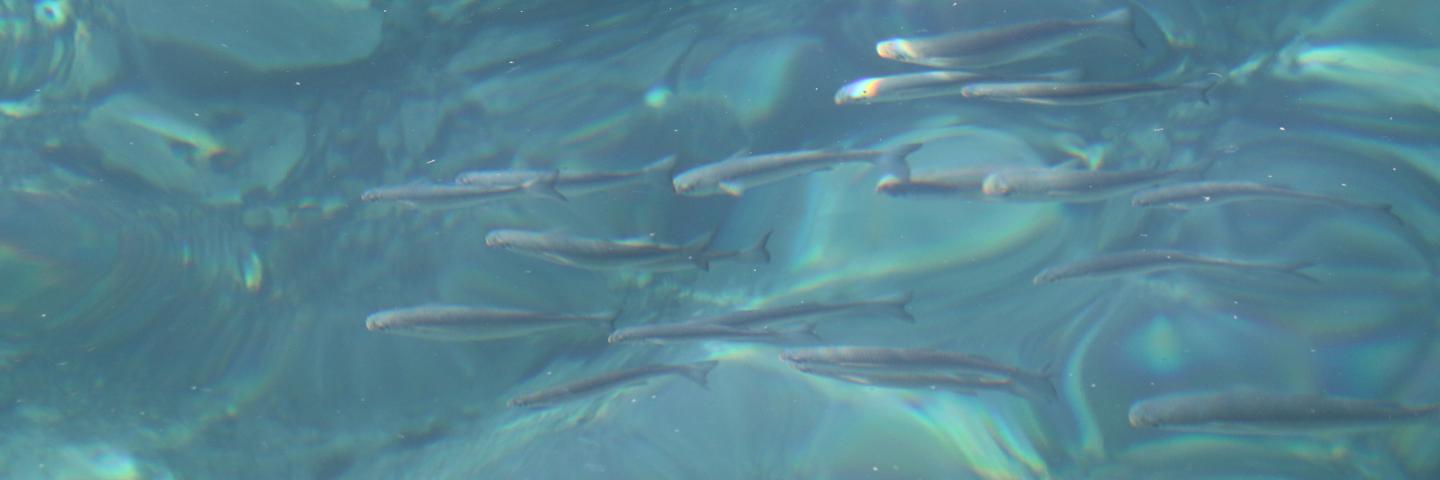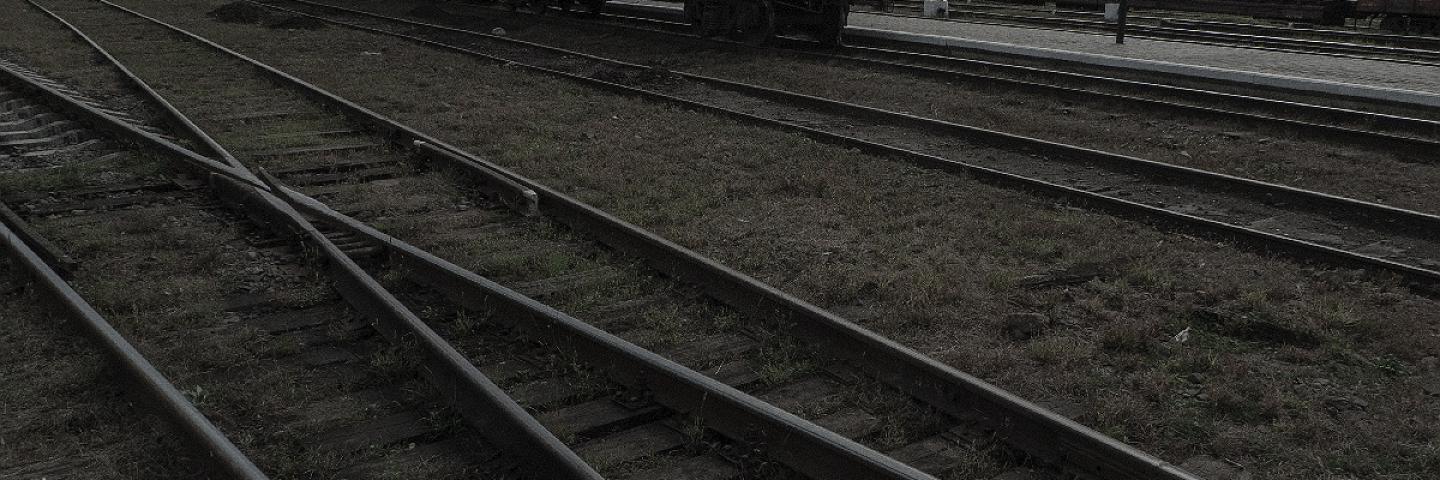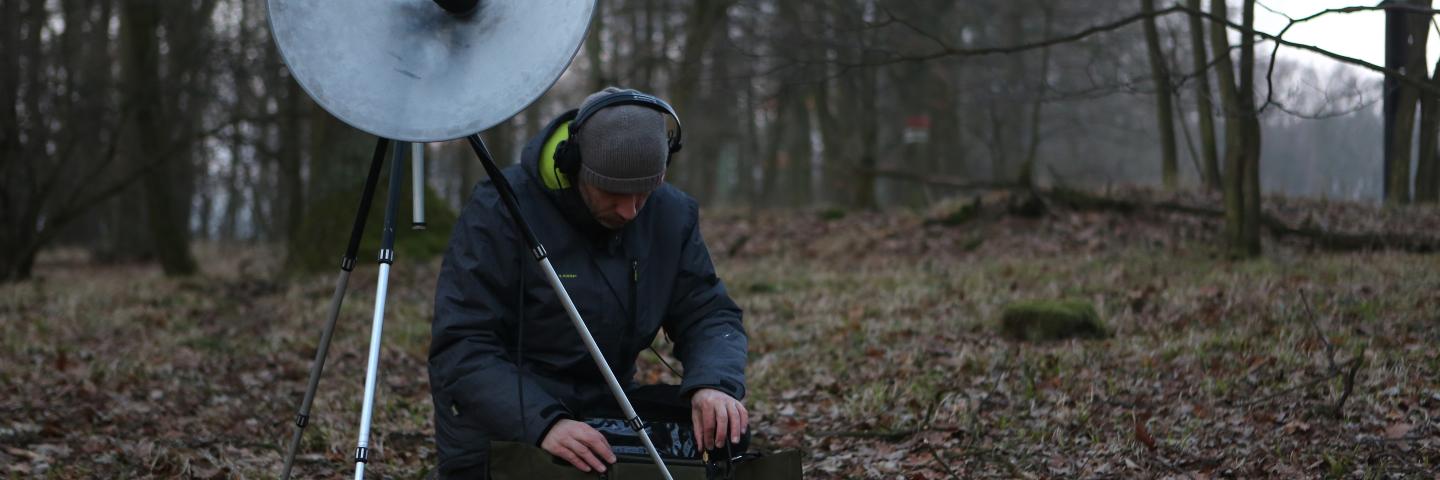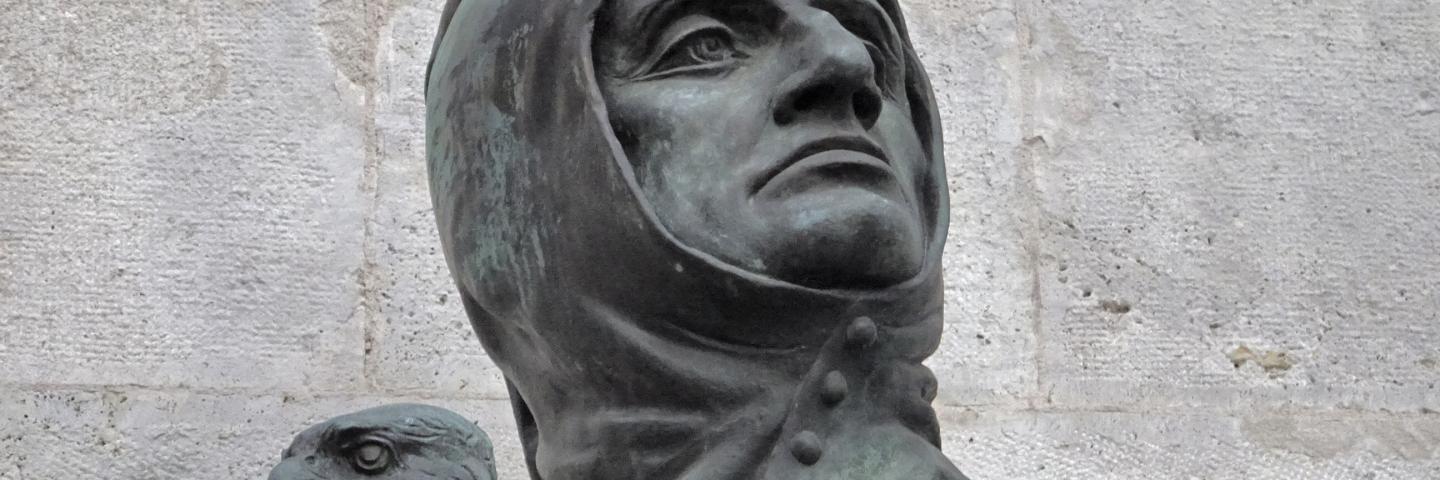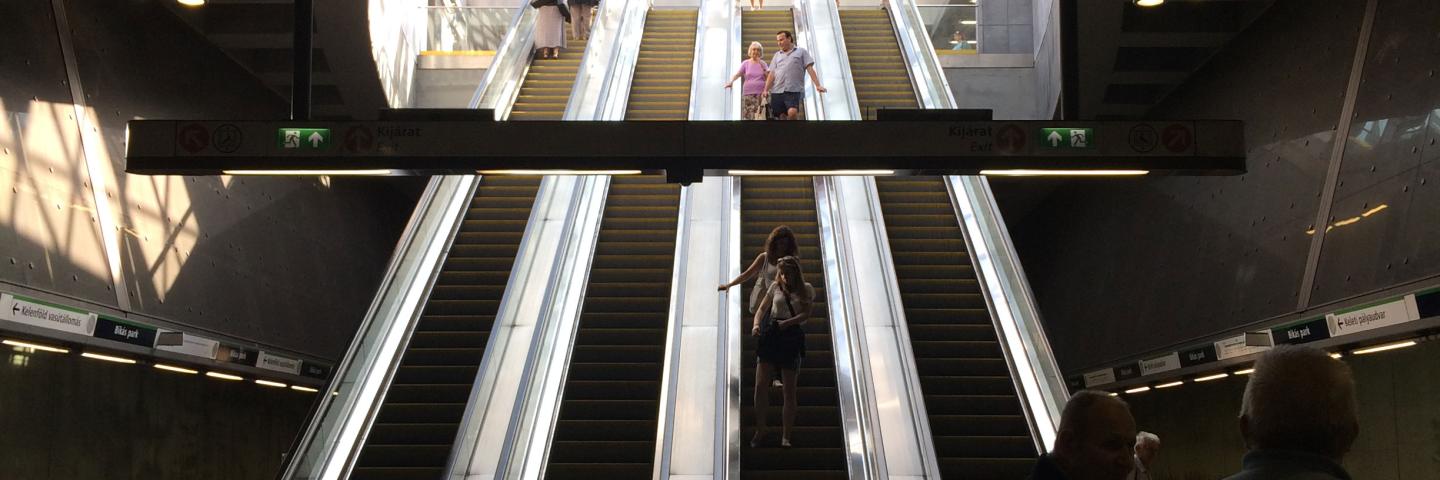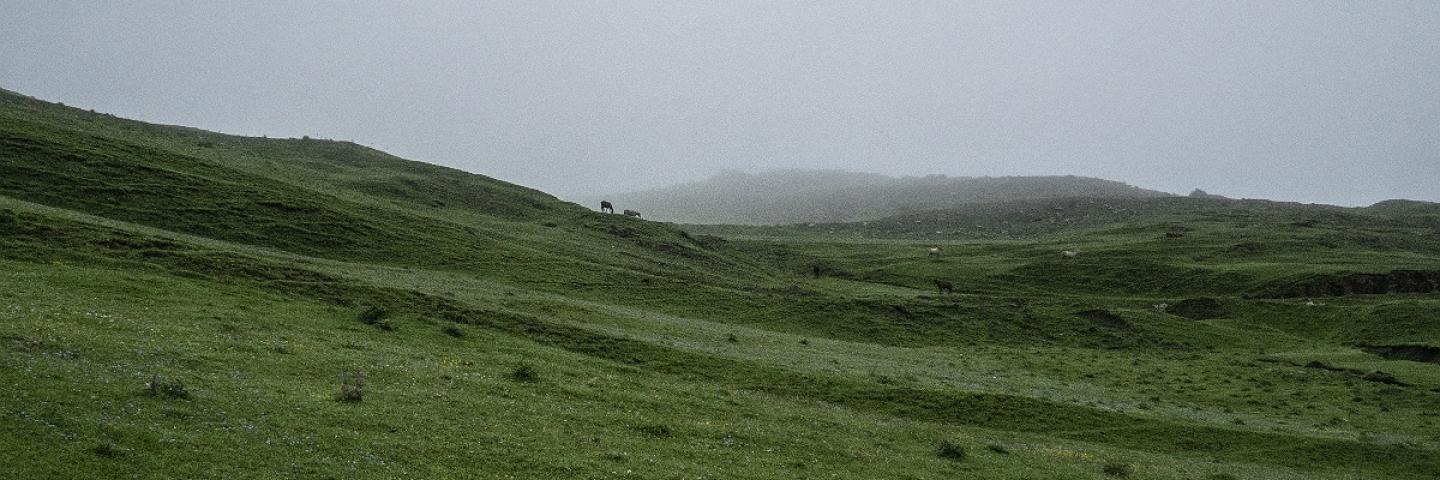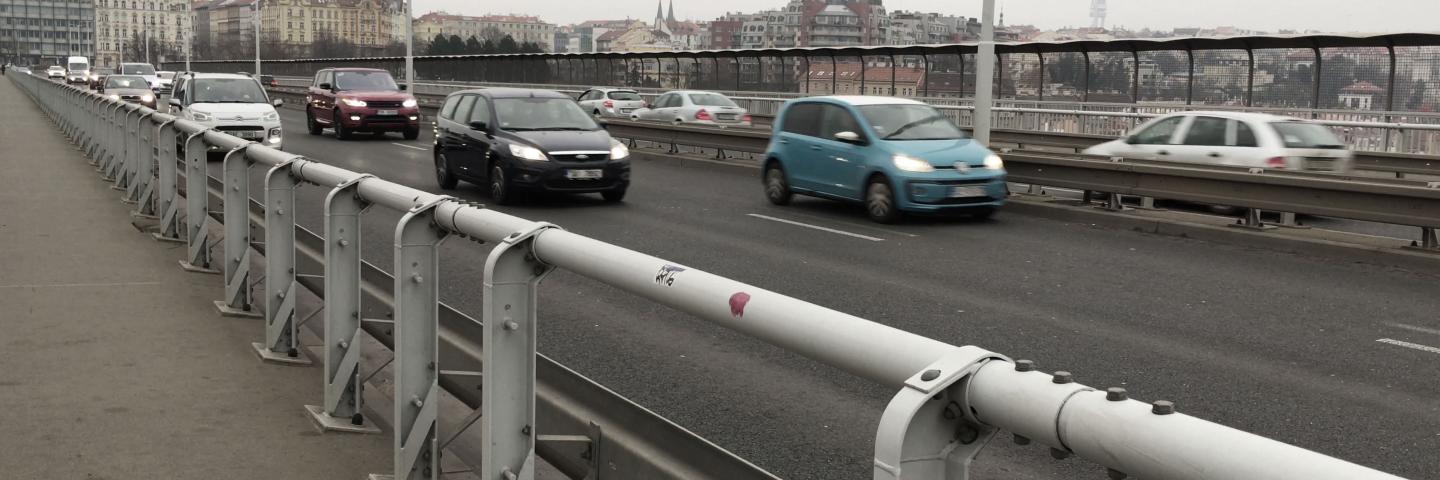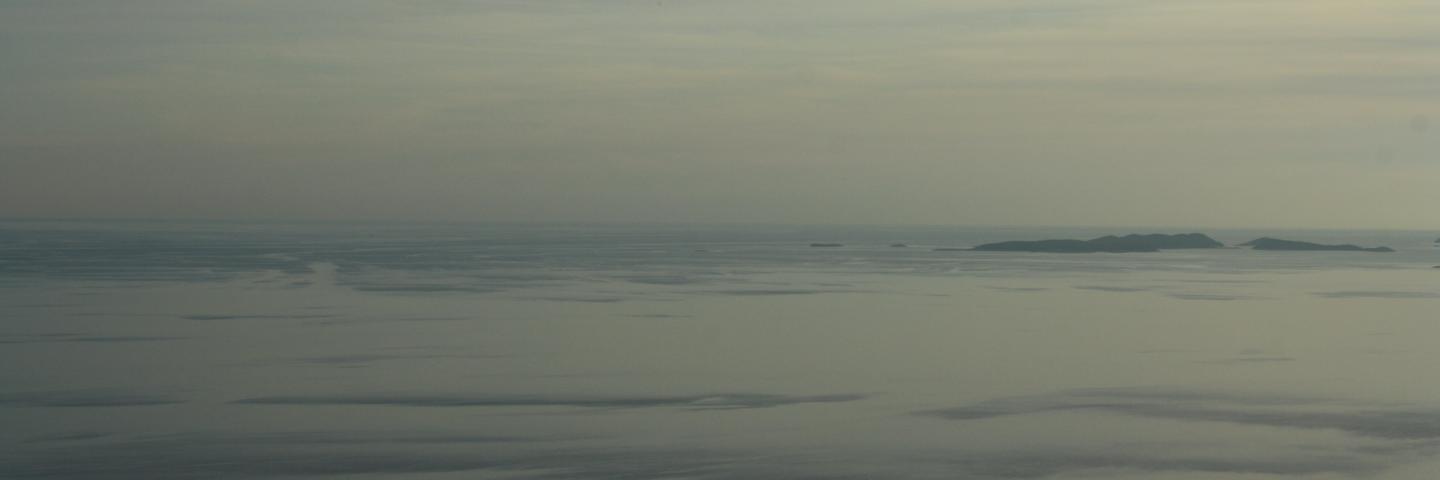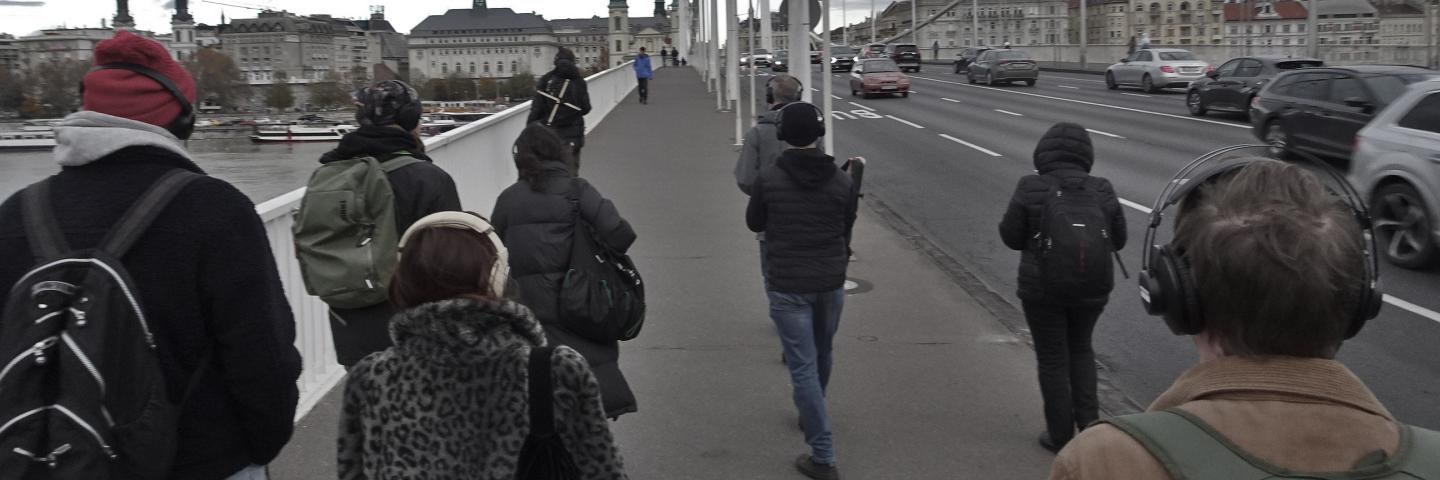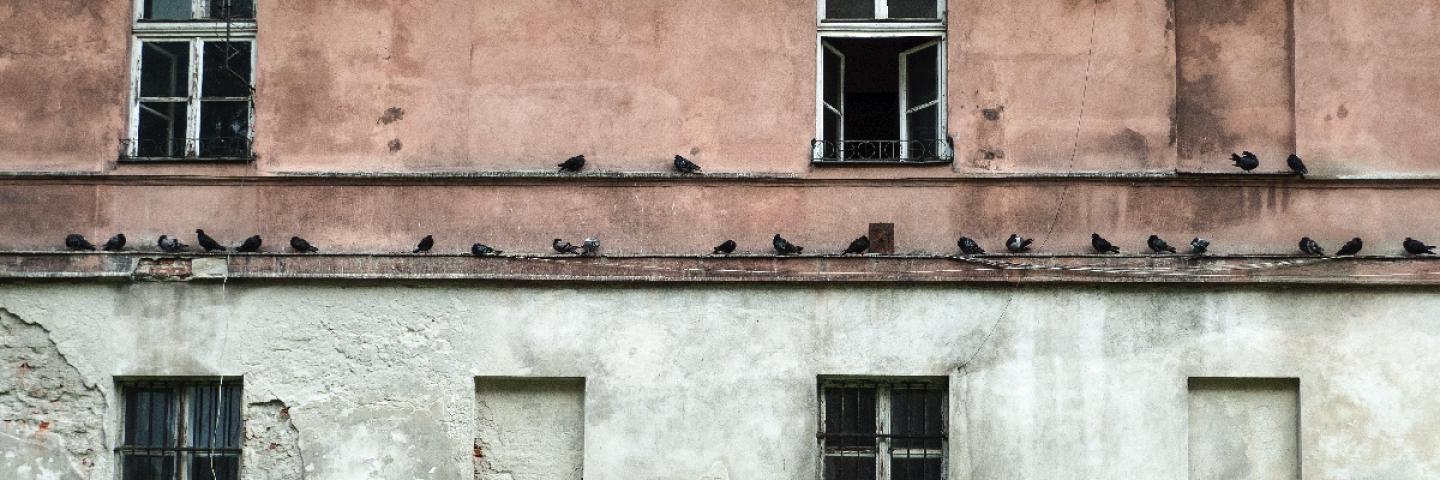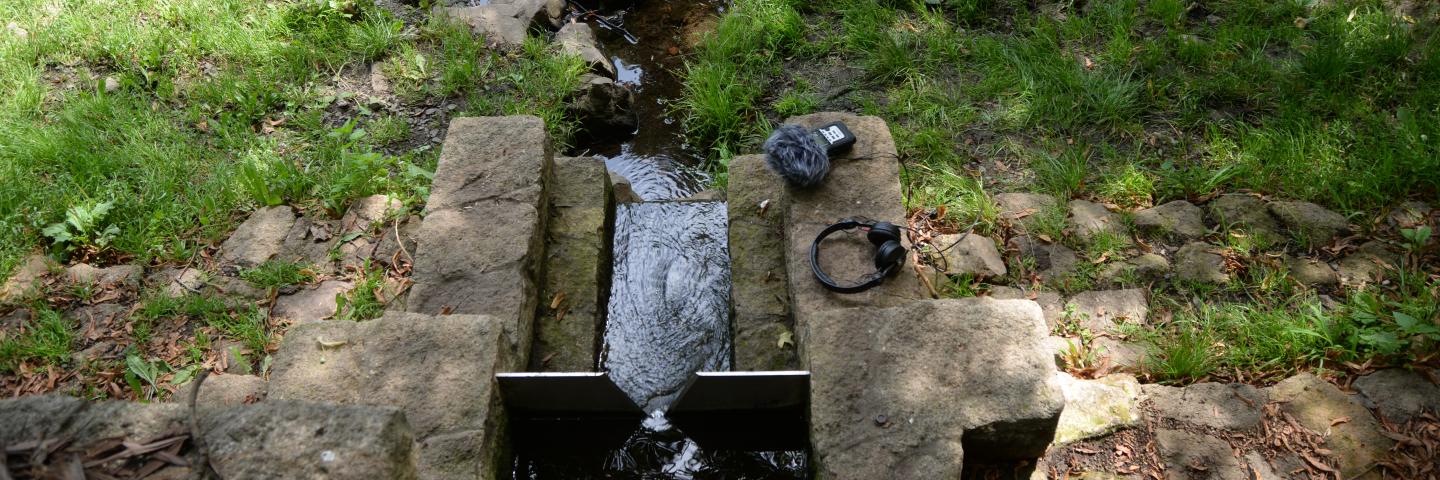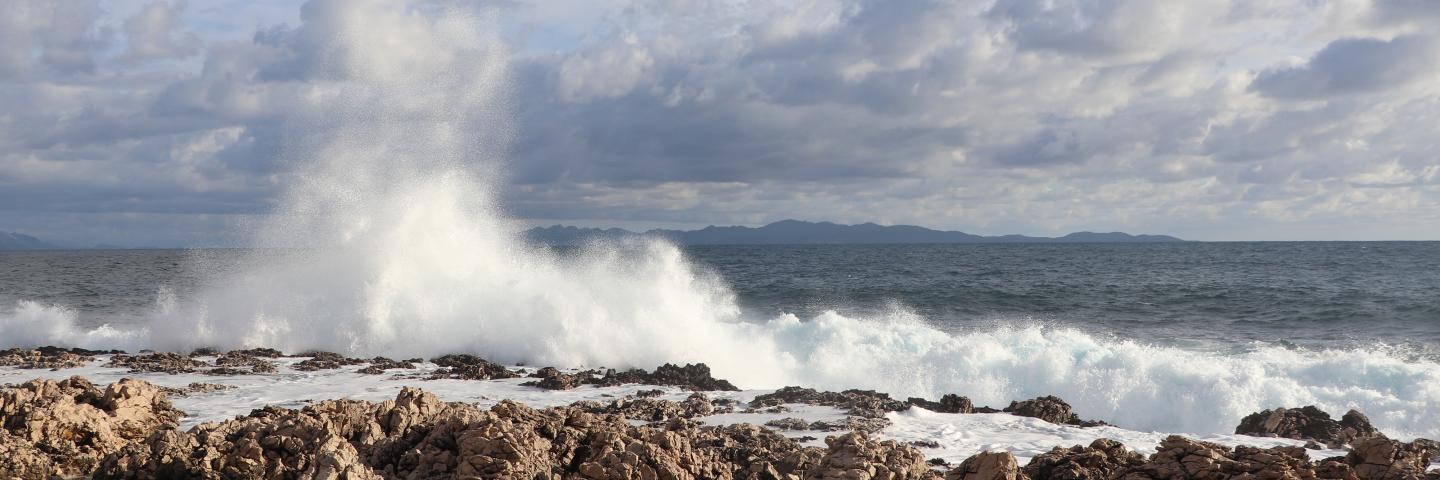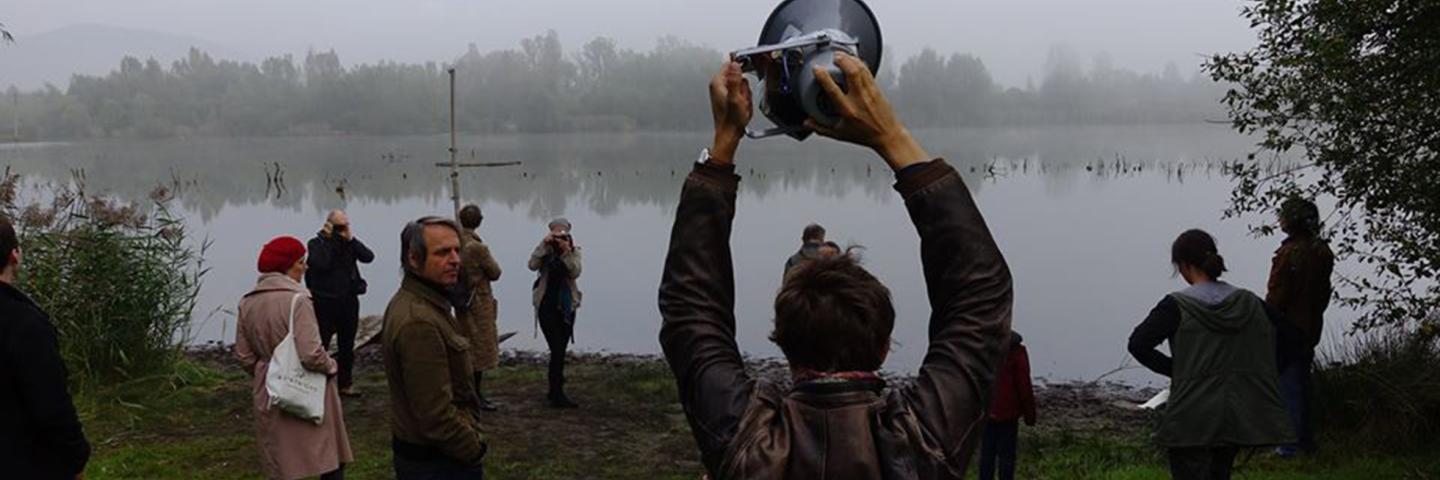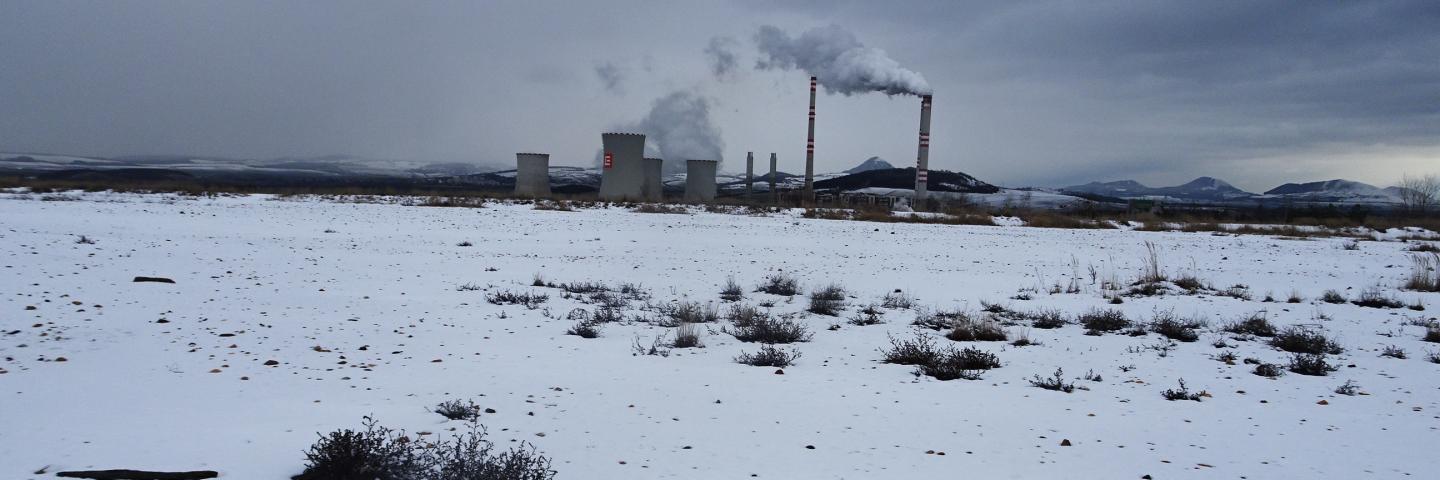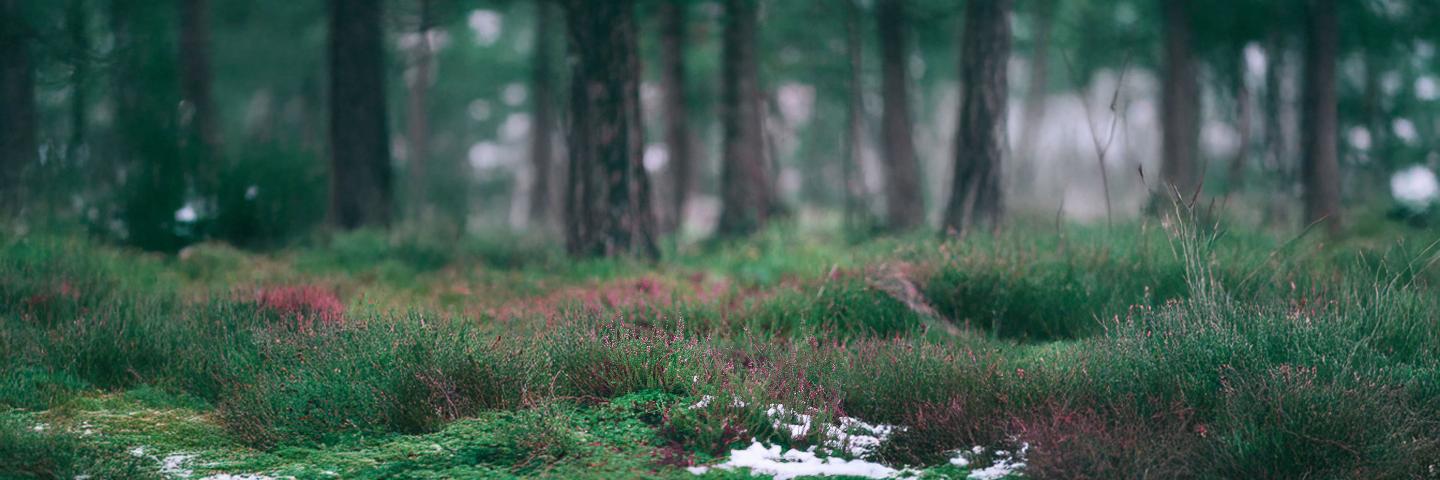Louis Chude-Sokei
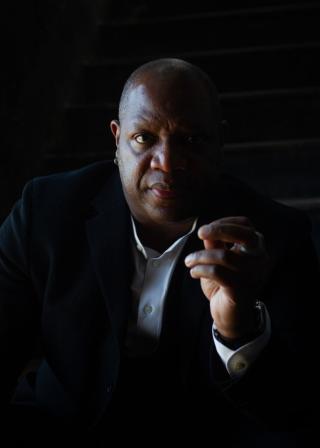
Louis Chude-Sokei is Professor of English, George and Joyce Wein Chair in African American Studies, and Director of the African American Studies Program at Boston University. His work ranges widely in and around the literary, political and cultural phenomena of the African Diaspora, includes the award-winning, The Last Darky: Bert Williams, Black on Black Minstrelsy, and the African Diaspora (2005), The Sound of Culture: Diaspora and Black Technopoetics (2015), the acclaimed memoir, Floating in A Most Peculiar Way (2021) and the German publication, Technologie Und Race: Essays Der Migration (2023). He is editor of The Black Scholar, one of the oldest and leading journals of Black Studies.
Chude-Sokei is also founder of the sonic art and archival project, Echolocution. He collaborates with artists including iconic electronic experimentalists, Mouse on Mars with whom he made the Artificial Intelligence powered album, AAI (2021) and the legendary Bill T. Jones and Arnie Zane Dance Company that adapted his work for their recent touring performance, Curriculum II.
The Echolocution project emerged as a response to various attempts by artists, critics and scholars to critique national attempts at historical restitution. Texts, exhibits and site-specific work in this context has focused on, for example, the holocaust; lynching photography; or the soil and material traces of racial violence; the forensic evidence of illegal border crossings; and the ongoing debates about raising up or removing monuments, or renaming spaces, sports teams, or commodities. These and so many other projects and movements have been able to generate new insights and political possibilities by confronting the public representations of historical trauma. These techniques and strategies, however, were rooted in responses to visual phenomena. This is understandable given the primacy of the visual in Western culture but also the complex history of memorialization, which leaves profoundly visual traces: buildings, ruins, sites, landscapes, statues, artifacts. As someone whose history of research, writing and performance has been focused on sound, it’s long been my contention that, as the great field recordist Chris Watson has stated, “events haunt spaces.” The sonic enables related but distinct appreciations of history and culture, particularly in spaces haunted by trauma if not violence. The sonic also, has long been a space where those without the power of bodily or cultural sovereignty are able to commemorate and recall their versions of history, particularly when it is erased or occluded. Echolocution takes seriously the role of listening in history and the role of sound in archiving. It is based on the understanding that our knowledge of space and time depend as much on the auditory than on other sensibilities, and that the auditory is arguably a more privileged and sometimes democratic mode for the apprehension of memory. We have learned this from music, which, after all, prepares us for sound. What can we learn if we return to sites of trauma and violence through sound and techniques of listening?
